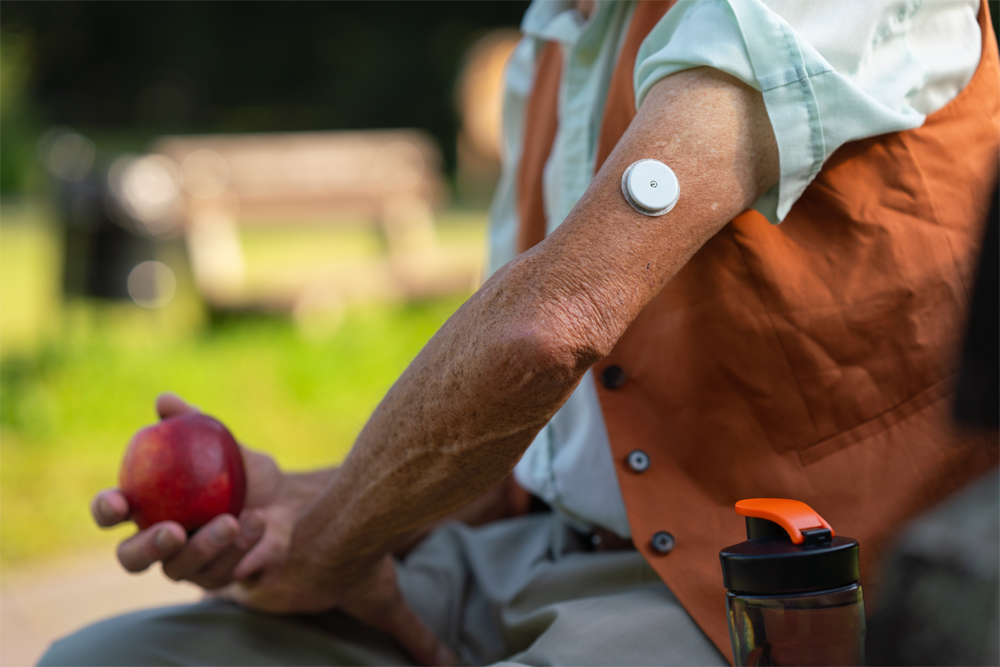The “holiday creep” is very real, and many of us are already on the defensive. You’re likely preparing yourself to battle the office candy bowl and festive cookies that threaten to add a few extra pounds. But here’s the surprising truth: Research published in the New England Journal of Medicine shows that the average person only gains about a pound between Thanksgiving and New Year’s.
So if weight isn’t the real problem, what is? It’s not the pounds, but the silent high blood sugar after summer that begins with Halloween candy and doesn’t end until Valentine’s Day. A study in Diabetes Care found that the rate of people hitting their target A1C levels was lowest during the winter months, showing that seasonal changes can quietly derail even the best-intentioned health goals.
While most of us are busy watching the scale, fall blood sugar spikes are a hidden problem with causes that go way beyond holiday treats. The good news? Understanding these triggers gives you the power to fight back. Here’s a closer look at the key reasons why fall and winter can sabotage your blood sugar regulation.




